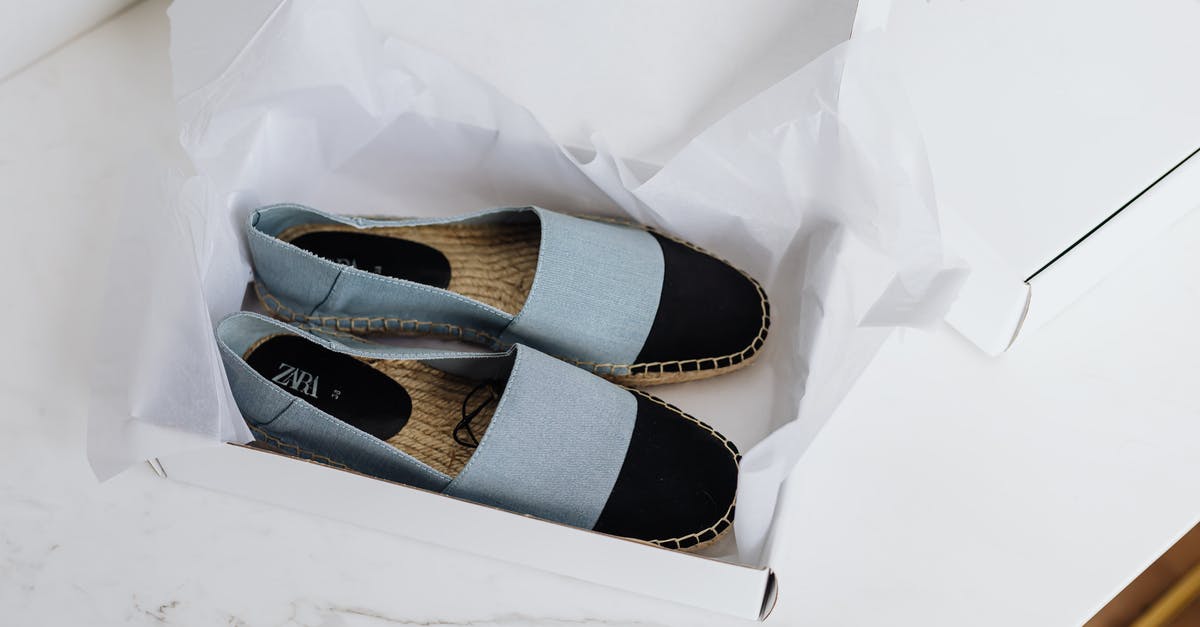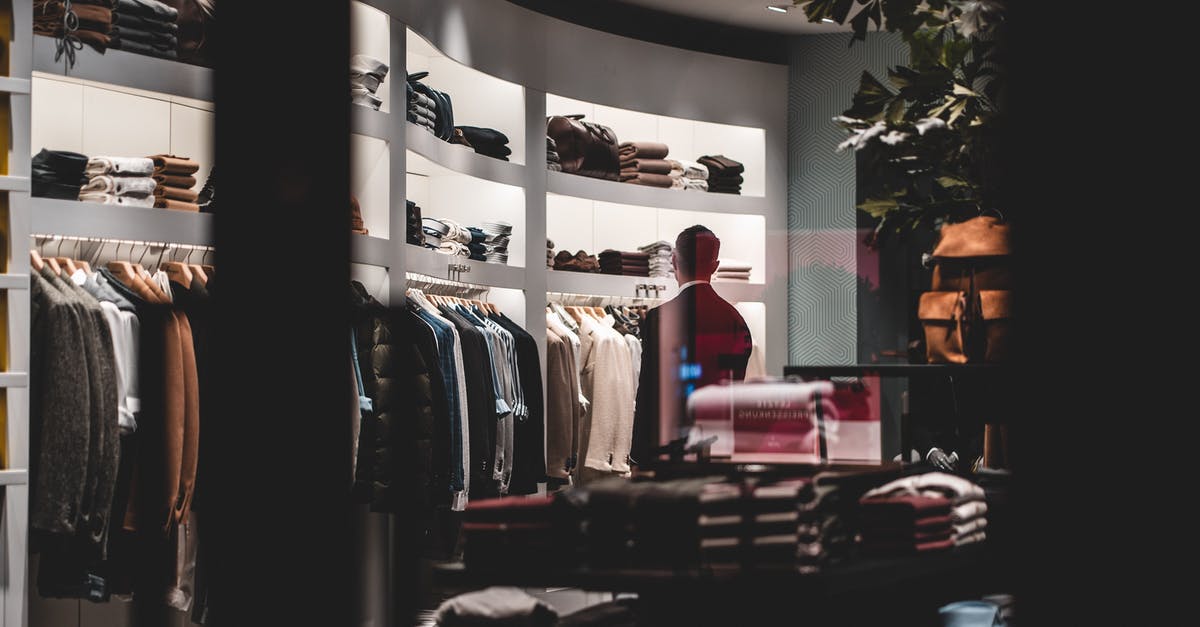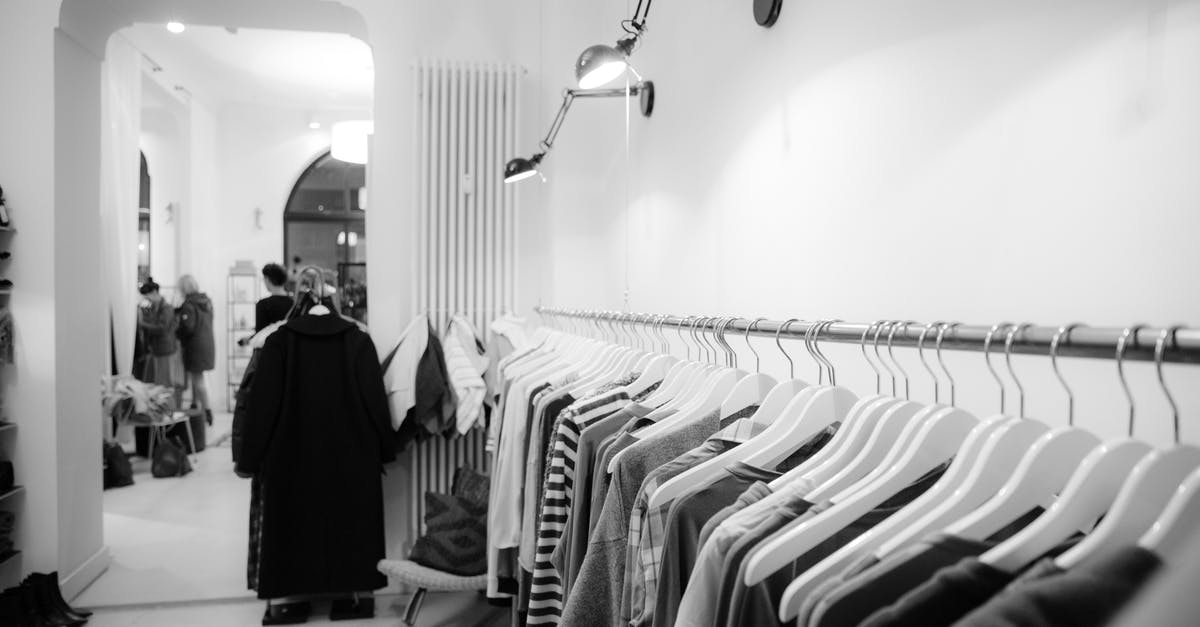Are any retail vacuum-sealing systems worth the expense?

Living alone means that my leftovers tend to go a pretty long way, and I don't end up using raw ingredients as quickly as the supermarkets expect me to.
For a while I've been considering investing in a vacuum-sealing system to avoid having to throw out so much food, for the sake of both finances and convenience. Unfortunately, I don't know anyone who owns one, so it's hard to get good advice. Most of the advice I got was "read some reviews."
Well, I read the reviews, and did the best I could to exclude the obvious PR blitzes from my sample, and it turned out that the reviews weren't very good. For any of the products that I see sold in stores.
I'm not really looking for advice on how to choose a vacuum-sealer. I already have a pretty good idea what criteria I should be looking for. The problem is that I can't find any products that meet it, and I suspect that like so many food-related products, the really good ones may not be advertised or even very easy to find.
So to clarify what I mean by "worth the expense" - I'm looking for something that:
Actually makes a proper seal at least 4 out of 5 times (it's amazing how many products on the market seem to fail this one).
Will last at least 2 years; the break-even point for costs seems to be about 1 year, and many if not most products have been reported as breaking down after 3-6 months.
Will not instantly die if there's even a drop of liquid in the bag.
Does not take up significantly more space than, say, one of the wide George Foreman grills (a little bit bigger is OK).
Does not waste a significant amount of sealing material if it fails to form a seal.
Preferably, can also be used with some kind of reusable container or canister. This is one of the things I liked about the new Food Saver products in spite of their many reported shortcomings.
Costs under $500 (US). That's not a hard upper limit if it's going to last 5 or 10 years, but if I have to spend $1000 on something that'll only last 2-3 years, then the economics of it break down.
I suspect that there are at least a few, and possibly many, "professional" models used by the food industry that at least meet criteria 1-6. Some of these companies may even sell retail-ish models to the general public but probably don't actively market them as such (how many home cooks/bakers have heard of Hobart?). That would especially be the kind of thing I'm looking for.
But, failing that, if anybody's had an exceptionally good experience with a more mainstream product (i.e. has owned one for at least a few years and/or worked with it in a professional capacity), I'd like to hear about that too.
And, if somebody out there has tried hundreds of these things, had nothing but awful experiences and wants to give a definitive "no" as an answer to this question - please do (and please elaborate).
Best Answer
This is the cheapest chamber vacuum sealer that I've come across: VacMaster VP112. At $669, it's half the price of most other chamber sealers. Chamber models are far more "professional" than the stuff marketed to the home, and my understanding is that they are far more reliable.
The difference between a chamber model and a home model is that you place your food in a bag in a chamber. The entire chamber is used to create a vacuum, meaning that liquid won't leave the bag. A home sealer will also not go below atmospheric pressure while a chamber unit can get a much higher vacuum allowing for vacuum marination, compression or fruits, and better flavor penetration during sous vide, which may or may not hold any interest for you.
In terms of your specific questions:
- My understanding is that these consistently make a good seal.
- I can't speak to longevity, but these are the kind of units that restaurants use for sous vide prep, so I assume they take a beating in those environments.
- Because it's in a vacuum chamber, liquid is no problem, and you can actually vacuum seal just liquid.
- Major Fail. These things are big and heavy. The one I mentioned is 24" x 16" x 9" and weighs 53 lbs.
- Shouldn't fail to seal. Not sure about waste if it does.
- Cannot be used with a container, but why would you need to rather than using a bag?
- Minor Fail. The model I listed is a little over your price range. Most other models of this type will be between $1,250 and $7,000.
The other consideration is chamber size. You obviously can't vacuum pack anything that's larger than the vacuum chamber. The one is listed has a chamber size of 12" x 11" x 5".
Pictures about "Are any retail vacuum-sealing systems worth the expense?"



Is vacuum sealing worth it?
A vacuum sealer is worth the cost for those who buy and cook foods in bulk, especially meats, vegetables, fruits, breads, and even cheese. For those looking to expand their food storage and have freezer space to spare, a vacuum sealer will help expand the shelf life of many everyday foods by up to 4-6 times.What is the most reliable vacuum sealer?
4 Best Vacuum Sealers, Tested by Food Network Kitchen- Best Overall: NESCO Deluxe Vacuum Sealer with Bag Starter Kit.
- Runner Up: Anova Culinary Precision Vacuum Sealer.
- Best Budget Buy: GERYON Vacuum Sealer Machine.
- Best for Small Kitchens: ZWILLING Fresh & Save Vacuum Sealer Machine Starter Set.
What is the difference between a food saver and a vacuum sealer?
Advantages/Disadvantages of Vacuum PackingAdvantages of Vacuum PackingDisadvantages of Vacuum PackingBarrier From External ElementsProper Gas Levels and Oxygen Levels Must be Known to Increase Shelf LifeClear and Visible External PackagingLoss of Preservation Once the Package has been Opened8 more rowsFoodSaver| Is it Worth it?
More answers regarding are any retail vacuum-sealing systems worth the expense?
Answer 2
I've been happy with my FoodSaver, which is still working fine after at least six years of use. I mainly use it with the sealable bags, though I do have some of the canisters, and have not had any problem with those. There have been times when fluid has gotten into the machine - usually my fault through cutting the bag too small - but it's been easy enough to clean up.
The device's small profile works beautifully for me, too.
I do take care to follow the instructions, allowing cool-off time in between sealings, making sure the bags are clean inside at the sealing point, that kind of thing. And I try to position any rough-edged items in such a way that they won't puncture the plastic.
I must admit that it's possible that if I simply wrapped the to-be-frozen items carefully, with plastic and freezer-wraps, they might hold up almost as well as the vacuum-packed items, but given the time it takes to do the "proper" wrapping, I'm happy with my vacuum-sealer. And it does seem to improve the keeping-power of refrigerated leftovers if they're vacuum-sealed into one of the canisters.
I can't compare this model with other types of vacuum-sealers, but I am happy with it. Hope that's of some help!
Answer 3
Yossarian said: "Cannot be used with a container, but why would you need to rather than using a bag?"
The VacMaster 112 CAN be used with a container. It even comes with the tube you need to do so. Any container -- like those from Foodsavers, for instance -- will seal. The port to attach the tube is on the side of the VP 112 unit.
It will thus also work if, like me, you have the Foodsaver mason jar sealer lid. This is actually why you would need a sealer that can do containers. I put chips and coffee beans in my dishwasher-safe, infinitely reusable glass jars. I open a jar of pickles or food of any kind and voila - seal it completely so that the last pickle (or piece of food) is as fresh and crunchy as the first. Dirt cheap. Allows you to 'virtually seal' anything, even soup. Heck, I've sealed shelled raw eggs in small jars -- with butter and salt/pepper! -- and then did a sous vide with 'em. Fabulous! Try doing that with a plastic bag. :)))
The VP 112 will be my next purchase, but anyone thinking of doing sous vide might want to look at a Weck Electric Canner instead of the sous vide supreme. The canner is bigger, has a wider range of temps, holds dead-on steady for days if you like, has a spigot to empty/change the water, and is not a uni-tasker. It actually cans, too. Oh, yeah, and at $300 it's far less expensive than the supreme, which is a one-trick pony. You haven't lived till you've tasted sous vide yogurt. It's amazingly thick, and like velvet. 110 degrees for 8 hours.
My 2 cents; YMMV
Answer 4
I did a bunch of research on this a while back to accompany my sous vide cooking, and just decided to use water displacement rather than a vacuum sealer because the home versions seemed to be cheap, couldn't handle liquids, and didn't create a strong vacuum while the pro versions were expensive, noisy, and huge.
Maybe you should get a roommate! ;)
(hoping that someone has a better answer than this, since I'd still like a good solution to accompany my Sous Vide Supreme)
Answer 5
I own the VP112 and I will second the opinions here on the VP112 as a high quality machine.
It's a very nice looking machine with a polished metal gleam and nice styling for the controls and display. The plastic chamber lid is heavy and reinforced and manages to not look cheap even though it is plastic. My only complaint is there was an large ugly warning sticker that I had to use sticker remover on to get completely off the plastic lid.
So although it weighs 53 lbs, it looks nice and "high end". And it can be easily used while still tucked away in the otherwise hard to use corner in my galley kitchen.
It makes a perfect, high quality wide seal 100% of the time.
You can get heavy duty thick bags perfect for freezing and sous-vide that cost much less than the price of the "textured" bags required for cheaper non-chamber vacuum sealers. I think I bought 1,000 more bags (500 each in two sizes) for about $70 total with the machine or 7 cents each. The textured bags for cheaper machines often costs as much as $0.50 each. If you vacuum seal a lot, the ability to use less expensive (yet higher quality) bags and rolls will save you some money in the long run.
I paid $670 for the machine from http://www.qualitymatters.com and I would advise buying sealing bags at the same time because you will get free shipping on the bags with your purchase.
Here are my answers to your Questions:
Q: Actually makes a proper seal at least 4 out of 5 times...
A: The VP112 makes a good seal 100% of the time I have tried it (about 100 times without a single failure). It makes strong thick seals on even heavy untextured (vs light textured) bags and the seals will stand up to long term sous-vide cooking.
Q: Will last at least 2 years...
A: This is an industrial quality machine meant to seal thousands of packages in it's lifetime. Although it has a 1 yr warrantee, it's possible to get replacement parts and service on the machine after the warrantee period. The VP112 is seriously over-built and tank-like and not likely to fail like the cheapo machines.
Q: Will not instantly die if there's even a drop of liquid in the bag.
A: You can seal soup in this thing. Or water for that matter. I've sealed Pineapple spears liberally doused with Malibu Coconut Rum to make Compressed Fruit Pina Colada Bites.
Q: Does not take up significantly more space than, say, one of the wide George Foreman grills (a little bit bigger is OK).
A: The VP112 takes up roughly twice the counter space of a medium sized GF grill or 1.5 times the space of the large GF grill.
Q: Does not waste a significant amount of sealing material if it fails to form a seal.
A: Not applicable, my VP112 has never failed to form a seal... EVER!
Q: Preferably, can also be used with some kind of reusable container or canister...
A: It comes with a hose to use with canisters or containers with a hose attachment. You can use them with Mason Jars with an adapter too. That said, the plastic bags I bought with the machine cost 7 cents each.
Q: Costs under $500 (US). That's not a hard upper limit if it's going to last 5 or 10 years
A: The price I paid is $670 (free shipping no tax) but I expect it to last at least as long as a good car.
Answer 6
I live in Alaska and process a lot of fish and game meat. I also preprocess meals and snacks for camping. The chamber sealers have bags designed to be boiled. This allows me to cook my meals, package them and just put them in boiling water while camping (or just take leftovers that I sealed). There are also bags for putting snacks in with a Ziploc top that is sealed. This allows me to make jerky and such for eating camping.
I have owned all kinds of foodsavers and burned them up. I purchased the VP 112 and was extremely happy with it but opted to upgrade to the VP 215 with an oiled pump due to my heavy use. I will never own another foodsaver again. However I do process about 50 salmon a year, hundreds of razor clams, moose, caribou and prepackaging camping meals. I would say I use about 500 bags a year. I have been using the Vacmaster VP products for years and have never had a bad seal or had the machines break down.
Answer 7
But is it really worth vacuum sealing an opened packet of bacon? For example, I'll buy a packet of Tesco bacon (8 rashers) and it will last me over several breakfasts and of course I store it in the fridge. By the end of the week, though, the last two or three rashers are looking a bit old. If they smell funny, I discard them. But the bacon only costs me £1.25 and the vacuum sealing bags cost money, too. At least vac sealing keeps the food fresh for longer, so far less gets thrown away.
Sources: Stack Exchange - This article follows the attribution requirements of Stack Exchange and is licensed under CC BY-SA 3.0.
Images: Monstera, Karolina Grabowska, Antonio Sokic, Tembela Bohle
